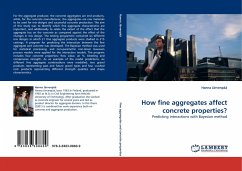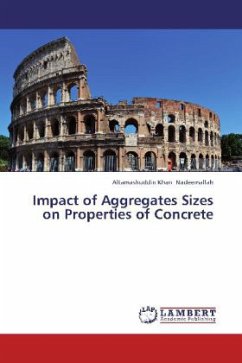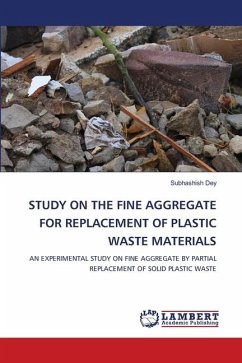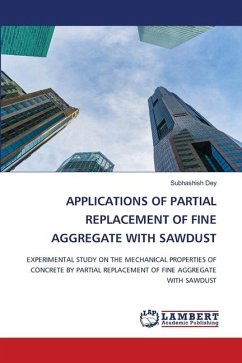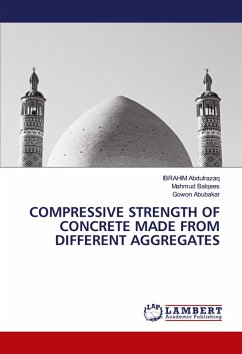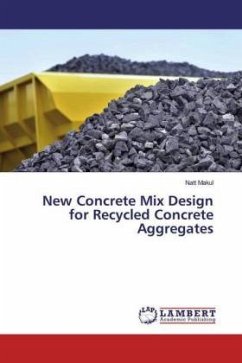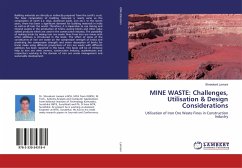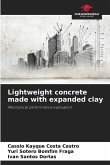For the aggregate producer, the concrete aggregates are end products, while, for the concrete manufacturer, the aggregates are raw materials to be used for mix designs and successful concrete production. The aim of this study was to identify which fine aggregate characteristics are important, and additionally to relate the extent of the effect that the aggregate has on the concrete as compared against the effect of the changes in mix design. The testing programme contained six different mix designs in which 21 fine aggregate products were studied in 215 castings. A program for predicting the interaction between the fine aggregate and concrete was developed. The Bayesian method was used for statistical processing, and non-parametric non-linear Gaussian process models were applied for the interaction models. The program includes four concrete properties; flow value, air %, bleeding and compressive strength. As an example of the model predictions, six different fine aggregate combinations were modelled; two gravel products representing past and future gravel types and four crushed rock products representing different strength qualities and shape characteristics.
Bitte wählen Sie Ihr Anliegen aus.
Rechnungen
Retourenschein anfordern
Bestellstatus
Storno

